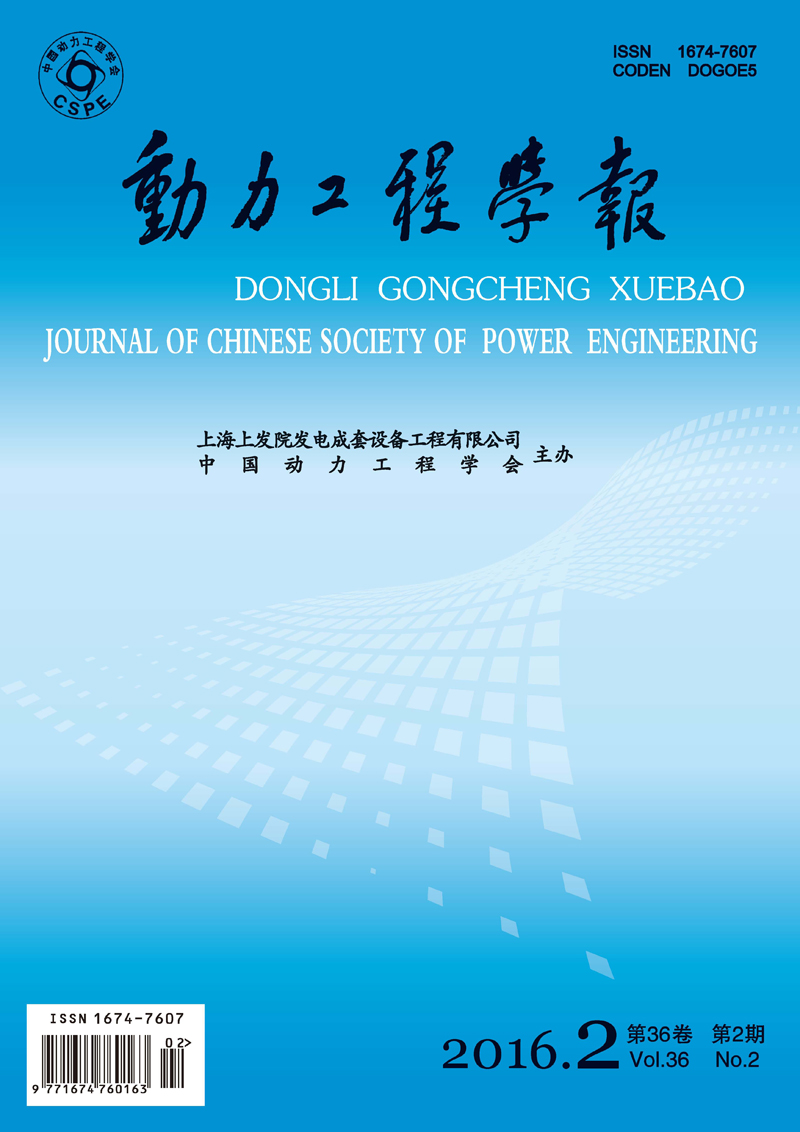WANG Peng, HE Jin, LIU Yingzheng
2016, 36(2): 107-112,150.
The three-dimensional steam flow in control valve system of a nozzle-governing feed-water pump steam turbine was extensively modeled at the rated condition by using computational fluid dynamics (CFD), so as to study the influence of upstream/downstream structures on internal steam flow field in the piping of control valve system when all the valves are open. In simulation, the shear stress transport (SST) model was used to solve the closure problem of classic governing equations, while the multiple reference frame (MRF) method was used to simulate the flow field around the rotor in the governing state, with focus on the pressure loss and flow distribution in different valve passages, and on the flow characteristics of superheated steam in the control valve system; meanwhile, an analysis was conducted to the complicated three-dimensional steam flow patterns in following components, such as in the multi-valve chamber, the diffuser downstream the valve exit and in the tube bends, etc. Results show that the flow capacity of control valve is mainly determined by the quantity of downstream nozzles, which is greatly influenced by the distance from the control valve to the inlet of the valve system.
